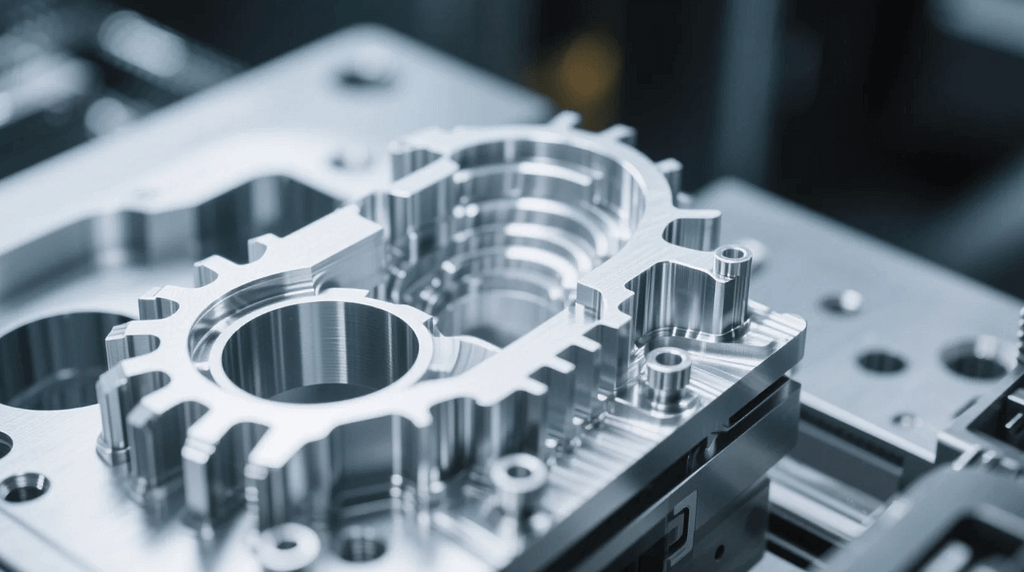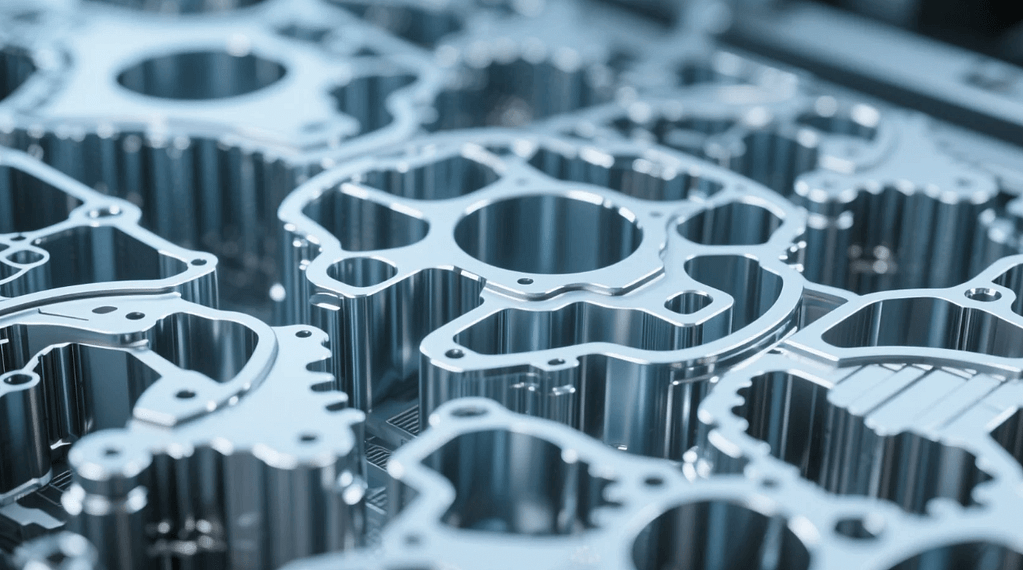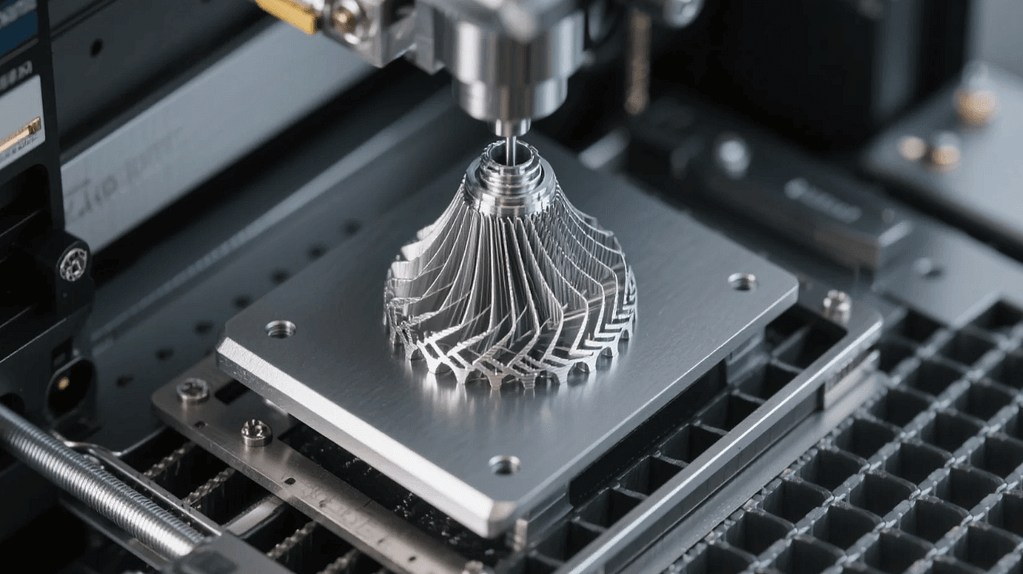In the ever-evolving landscape of advanced manufacturing, metal 3D printing stands as a revolutionary technology, transforming how we design and produce complex components. Also known as additive manufacturing, this cutting-edge process is reshaping industries from aerospace to medical, especially impacting the creation of intricate, high-performance industrial models. This article delves into the fascinating world of metal 3D printing, exploring its core principles, unique advantages, and its profound influence on the precision industrial model services sector. We’ll highlight how this technology delivers tangible value, empowering users to realize previously impossible designs and accelerate their product development cycles.
Understanding 金属3Dプリンティング
At its heart, metal 3D printing builds three-dimensional objects layer by layer from metal powders or wires, guided by digital design data. Unlike traditional subtractive manufacturing methods, which remove material from a larger block, additive manufacturing minimizes waste and allows for highly complex geometries. This paradigm shift offers unprecedented design freedom and opens doors to innovative solutions across various applications.

Core Technologies in 金属3Dプリンティング
Several distinct technologies fall under the umbrella of metal 3D printing, each with its unique capabilities and applications. Understanding these variations helps illuminate the versatility of the process for industrial model creation.
Powder Bed Fusion (PBF)
Powder Bed Fusion is arguably the most prevalent metal 3D printing technique. It involves a laser or electron beam selectively melting thin layers of metal powder, fusing them together to form a solid part.
- Selective Laser Melting (SLM) / Direct Metal Laser Sintering (DMLS): These processes use high-powered lasers to melt and fuse fine metal powder particles. They are renowned for producing high-density, strong parts with excellent mechanical properties. SLM/DMLS excels at creating intricate geometries and internal lattice structures, making it ideal for lightweight industrial models where structural integrity and complex internal designs are crucial for testing or validation.
- Electron Beam Melting (EBM): EBM uses an electron beam as the heat source, operating in a vacuum environment. This method is particularly well-suited for reactive materials like titanium, often yielding parts with superior material properties, less residual stress, and high purity. For industrial models requiring high-performance characteristics or made from specialty alloys, EBM offers a compelling solution.
Directed Energy Deposition (DED)
DED processes involve a nozzle that simultaneously deposits metal powder or wire and melts it with a laser, electron beam, or plasma arc. This technique is often used for repairing existing components, adding features to existing parts, or creating large-scale structures. While less common for detailed industrial models, DED can be valuable for creating large, functional prototypes or specific components that will later be integrated into a larger model.
Binder Jetting
Binder jetting involves depositing a liquid binding agent onto a layer of metal powder to create a green part, which is then sintered in a furnace to achieve full density. This method offers high production speeds and can be more cost-effective for larger batches. For industrial models where intricate internal geometries might be less critical than overall form and scale, binder jetting presents an efficient path to creating functional prototypes.
The Distinct Advantages of 金属3Dプリンティング for Industrial Models

For businesses seeking precision industrial model services, metal 3D printing offers a compelling set of advantages that traditional manufacturing methods often cannot match. These benefits translate directly into enhanced design capabilities, faster development cycles, and superior model quality.
Unprecedented Design Freedom and Complexity
One of the most transformative aspects of metal 3D printing is its ability to create geometries previously deemed impossible. Designers can now incorporate intricate internal channels, lattice structures, and organic shapes that would be challenging or impossible to machine. This is invaluable for industrial models where lightweighting, improved fluid dynamics, or optimized heat transfer are critical design considerations. For example, a model of a heat exchanger can include complex internal fins that accurately represent the final product’s performance characteristics, allowing for precise thermal analysis.
Rapid Prototyping and Iteration
The speed at which metal 3D printing can produce complex parts is a game-changer for rapid prototyping. Design engineers can quickly iterate on designs, moving from concept to physical model in a fraction of the time compared to traditional manufacturing. This accelerated cycle allows for more design revisions, leading to a more refined and optimized final product. For industrial model users, this means faster validation of concepts, quicker feedback loops, and a significant reduction in time to market.
Functional Integration and Consolidation
Metal 3D printing enables the consolidation of multiple components into a single, integrated part. Instead of assembling several smaller pieces, a designer can create one complex part with all necessary features built-in. This not only simplifies assembly but can also improve overall performance by eliminating potential weak points or leak paths. For industrial models, this means creating more robust and accurate representations of integrated systems, enhancing their value for functional testing and demonstration.
Lightweighting and Performance Optimization
By leveraging lattice structures and optimized topologies, metal 3D printing can produce parts that are significantly lighter than their traditionally manufactured counterparts while maintaining or even improving structural integrity. This is particularly beneficial for industrial models in industries like aerospace or automotive, where weight reduction directly impacts performance and fuel efficiency. A lightweight yet strong model can be used for more realistic stress testing or aerodynamic analysis.
Customization and Low-Volume Production
For highly specialized industrial models, where only a few units are needed, metal 3D printing offers a cost-effective solution. It eliminates the need for expensive tooling, making it ideal for low-volume production runs or customized models tailored to specific testing requirements. This flexibility is a major advantage for companies needing unique or highly specialized prototypes.
金属3Dプリンティング for Precision Industrial Model Service Users
For businesses that rely on accurate industrial models for their product development, partnering with a service provider proficient in metal 3D printing opens up a new realm of possibilities.
Unlocking New Design Frontiers
With metal 3D printing, service users are no longer constrained by the limitations of conventional manufacturing. They can push the boundaries of design, exploring innovative geometries and integrated functionalities that were once merely theoretical. This empowers them to create more advanced and competitive products.
Accelerated Product Development Cycles
The ability to rapidly produce complex, functional metal prototypes significantly shortens the product development timeline. This allows companies to get their innovations to market faster, gaining a crucial competitive edge. Testing and validation can occur concurrently with design iterations, streamlining the entire process.
Enhanced Model Fidelity and Performance
For service users, 金属3Dプリント guarantees high-fidelity models that accurately represent the final product’s form, fit, and often, its function. This level of accuracy is critical for reliable testing and confident decision-making, ensuring that the prototypes are truly reflective of the end-product’s capabilities.
Ethical Considerations and the Future of 金属3Dプリンティング
As metal 3D printing continues its rapid advancement, ethical considerations surrounding material sourcing, waste management, and energy consumption become increasingly important. The industry is actively working towards more sustainable practices, including closed-loop material recycling and energy-efficient machines. Looking ahead, we can anticipate further advancements in material science, AI-driven design optimization, and even more accessible and versatile metal 3D printing technologies. These innovations will continue to push the boundaries of what’s possible, fundamentally transforming how industrial models are conceived, designed, and manufactured. The commitment to responsible innovation will be paramount as this transformative technology unfolds.
結論
Metal 3D printing is revolutionizing the creation of precision industrial models, offering unparalleled design freedom, rapid prototyping capabilities, and the ability to produce highly functional components. For businesses providing and utilizing industrial model services, embracing this technology is no longer an option but a necessity to remain competitive and innovative. Its capacity to transform complex digital designs into tangible, high-performance metal models is fundamentally reshaping product development across diverse industries. As metal 3D printing continues its impressive trajectory, it will undoubtedly unlock new frontiers in engineering and design, solidifying its place as a cornerstone of advanced manufacturing.
よくあるご質問
Q1: What are the primary benefits of using metal 3D printing for industrial models?
A1: The main benefits include unprecedented design freedom for complex geometries, rapid prototyping and iteration, functional integration of multiple parts, lightweighting capabilities, and cost-effective low-volume production of specialized models.
Q2: What types of metals can be used in metal 3D printing?
A2: A wide range of metals are used, including stainless steel, titanium, aluminum, nickel alloys, cobalt-chrome, and even precious metals. The specific metal used depends on the desired mechanical properties and application of the model.
Q3: How does metal 3D printing compare to traditional manufacturing methods like CNC machining for models?
A3: While both are excellent for precision, metal 3D printing excels at creating highly complex internal geometries and consolidating multiple parts into one, often with less material waste. CNC machining is generally better for simpler geometries, very large parts, and achieving extremely fine surface finishes without post-processing. They often complement each other.
Q4: Can metal 3D printed industrial models be used for functional testing?
A4: Absolutely. Many metal 3D printing processes produce dense, strong parts with mechanical properties comparable to traditionally manufactured components. This makes them highly suitable for various forms of functional testing, including stress analysis, thermal performance, and fluid dynamics.
Q5: What are the typical lead times for metal 3D printed industrial models?
A5: Lead times vary depending on the complexity of the part, the chosen metal 3D printing technology, and post-processing requirements. However, they are generally much shorter than traditional manufacturing methods for complex, low-volume parts, often ranging from a few days to a couple of weeks.
Q6: Is metal 3D printing only for prototypes, or can it produce end-use parts?
A6: While excellent for prototyping, metal 3D printing is increasingly used for producing end-use parts, especially in industries like aerospace, medical, and automotive, where complex, high-performance, or customized components are required.
Q7: What is the most common metal 3D printing technology for high-precision industrial models?
A7: Powder Bed Fusion methods, particularly Selective Laser Melting (SLM) and Direct Metal Laser Sintering (DMLS), are widely favored for high-precision industrial models due to their ability to create dense parts with intricate details and excellent material properties.
